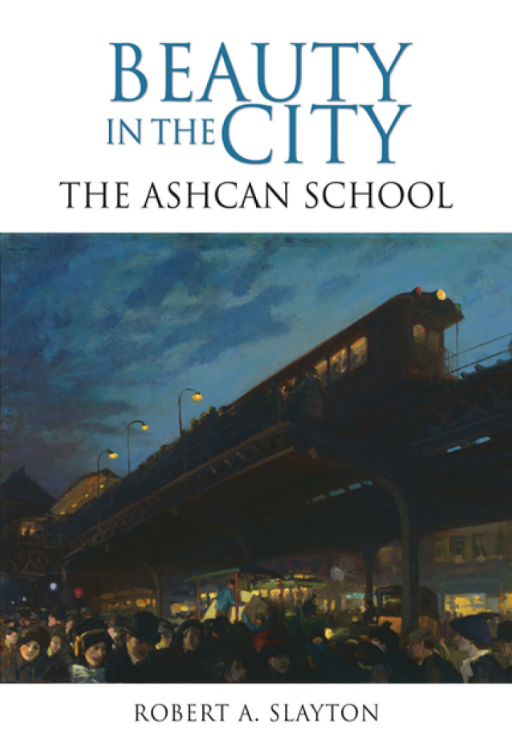“People of the City”: Children in the City
By Robert A. Slayton
The Ashcan artists viewed the people of the city from a unique perspective. Unlike the elites, they did not consider these individuals their biological inferiors. Yet they also differed from the reformers, in that they rejected the notion that the people who lived in dense city neighborhoods were inherently subjects of pity. Instead, Henri, Sloan, Myers, and the others painted children and women and men, each from these individuals' own, unique perspective, rather than imposing a worldview on them. By so doing, in their paintings and drawings, they gave working-class individuals agency, showing how these people adapted to the world around them in a myriad of ways, ways that often enabled them to attain a measure of control over some parts of their lives.
Copyright © 2017 SUNY Press. Excerpted from Beauty in the City: The Ashcan School with the author's permission. All rights reserved.
Read More









